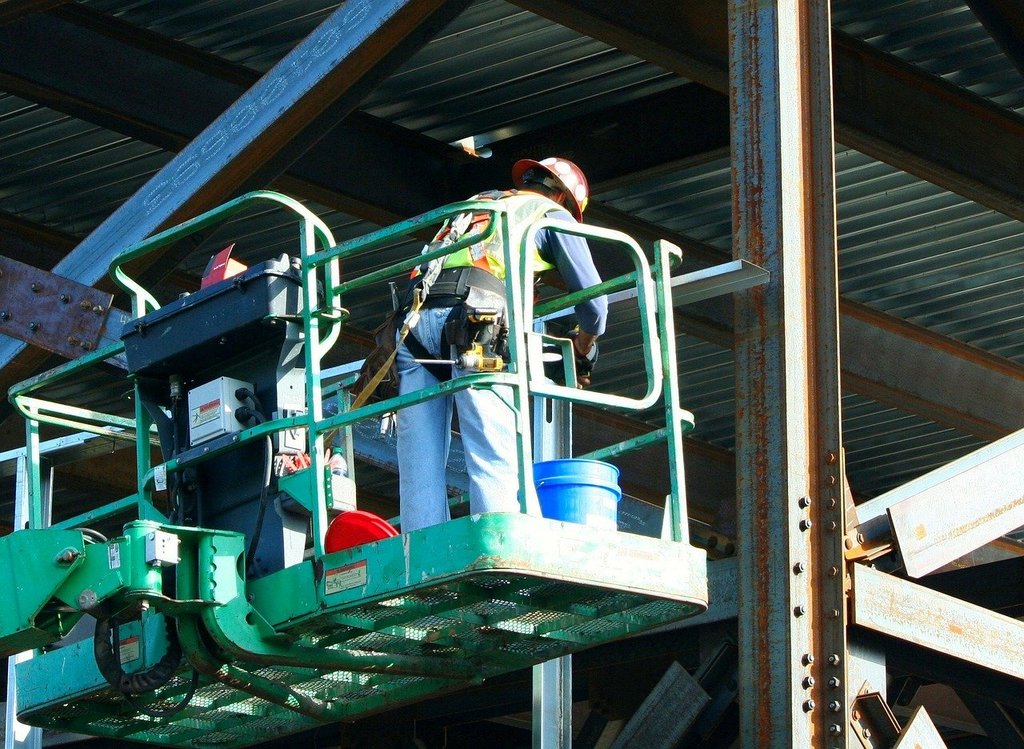Remaining Compliant With OSHA: 5 General Classifications of Safeguards
OSHA requires covered employers to keep a workplace free of hazards. Hazards are defined as dangerous issues the employer knows about or should know about. Failing to follow OSHA guidelines costs over $12,000 per infraction. Generally, OSHA safeguards fall into classifications. Here are some tips on how to maneuver OSHA safeguards.
Safety and Machines
Some machines pose dangers when they’re operational. Likewise, the machine can cause injury if it’s accidentally turned on. One of OSHA’s safeguards is protecting employees from things that can hurt them, like machines. OSHA requires companies to have machine guards. Machines with moving parts can cause a host of injuries, including crushed fingers, amputations, and burns. Regulations require businesses to use one or more safeguard methods. Some businesses install a fence around the perimeter of the machine. Further, go online at dynatect.com to learn about automated machine safety doors. Automated doors are used to keep employees out of the machine area.
Personal Protective Equipment
Personal protective equipment or “PPE,” must be used in a variety of businesses and industries to prevent exposure to hazards. PPE includes items like boots, gloves, leggings, face shields, hard hats, and respirators. Protective gear has different uses depending on the type of business. Face shields are worn in hospitals to prevent contaminated material from getting to employees. Likewise, face shields are worn in industrial settings to keep fragments and sparks out of employees’ eyes.
Training and Education
OSHA expects employers to train the company’s personnel in many areas. Training is key to knowing how to effectively prevent hazards. For instance, employers must train employees in the proper use of PPE. Moreover, OSHA recommends businesses have a PPE program. The program should contain information on hazards that require the use of PPE. Likewise, the program should teach workers the proper way to wear PPE. During the program, make sure all workers can wear PPE. Workers cannot use PPE if it doesn’t fit them.
Workers must be taught the proper way to do everything. Statistics show that many workers die each year working in confined spaces. Most of these incidents are preventable. For example, people die because they assume the air is clean. Testing beforehand could have prevented the accident. A new requirement is called “the competent person” rule. A competent person must be on-site when workers enter a confined space. The competent person must identify hazards and potential hazards in the space. Additionally, workers must have knowledge of testing and what, if any, gases may be present.
Hazard Assessment
Employers should assess the hazards associated with different jobs before work begins. A good example of this is fall prevention. There are many safety tools available in this area. Conventional measures include safety net systems and guardrail use. Workers must be trained in industry-specific tools. Construction workers need to understand how scaffolding and aerial lifts work. Of course, workers should wear the safest footwear for whatever job they’re doing.
Trenching and Excavation
Working in trenches is very dangerous because of the risk of cave-ins. Preventing cave-ins is one of OSHA’s top priorities. Workers must slope or bench trench walls or shore up the walls with supports. In addition, trench walls can be shielded with trench boxes. Trenches must be inspected before they’re used. Inspectors look at the sloping to see if it’s safe and ensure there is a safe way to enter and exit the trench.
Employees are entitled to work in a safe environment. OSHA oversight makes this possible. Hopefully, all employers will adopt OSHA rules and regulations to prevent injuries.

